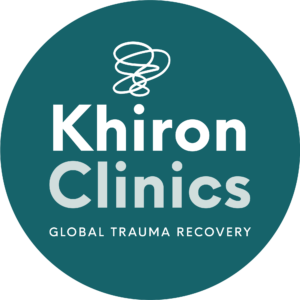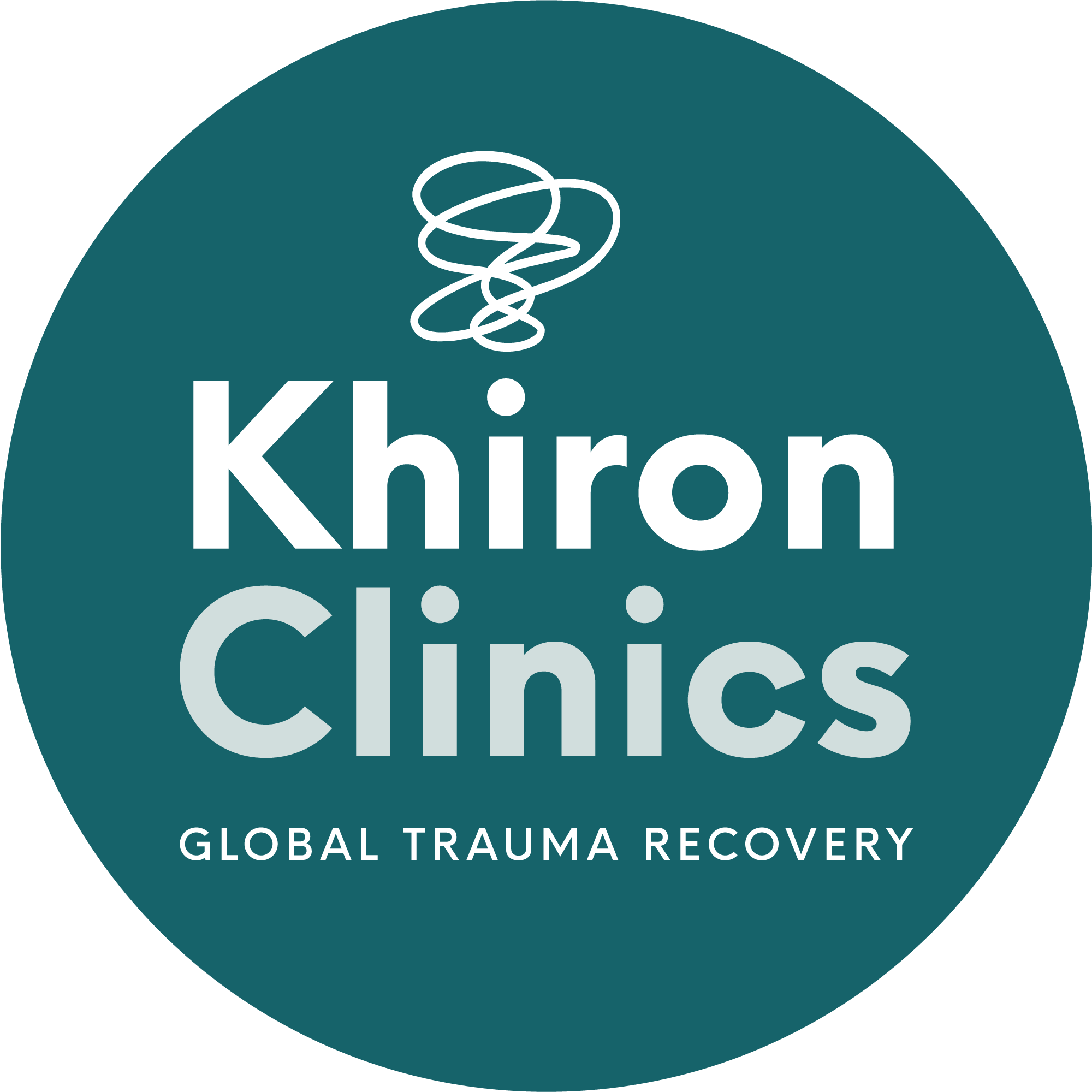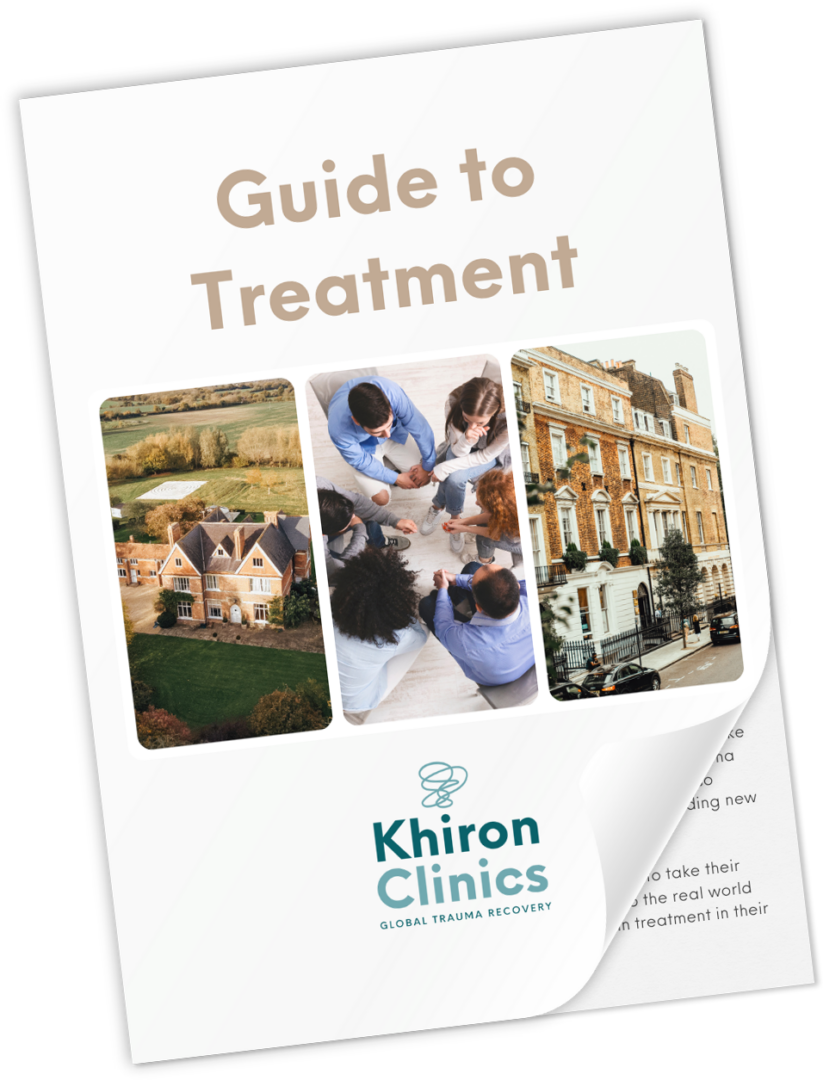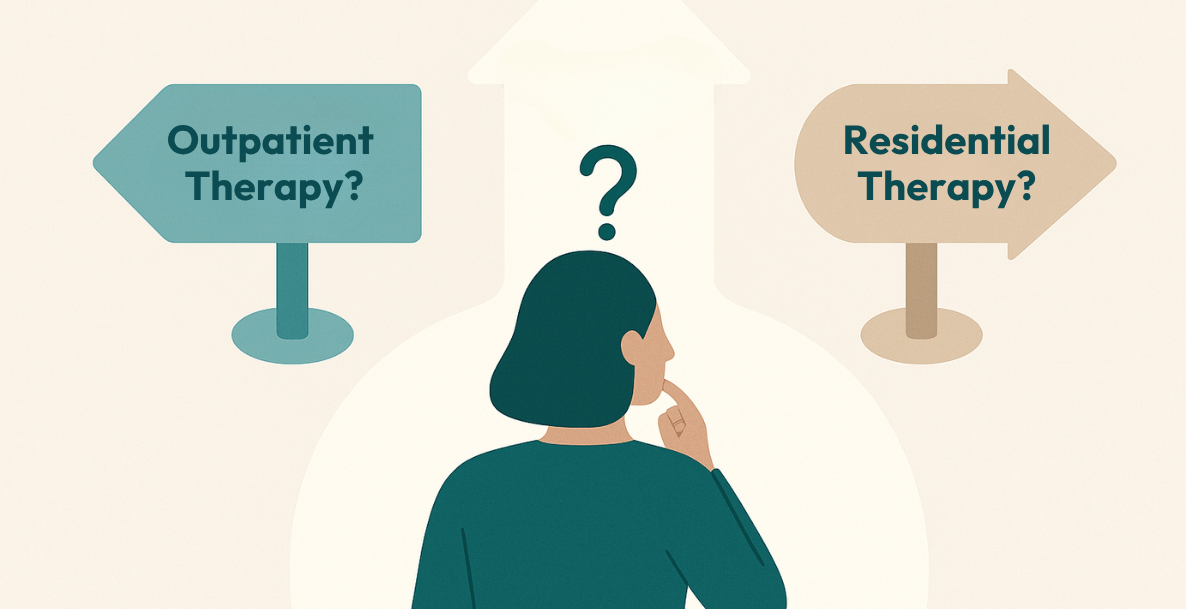by Penny Boreham, Intake Manager
In last week’s blog, the key relationship between the Sympathetic and Parasympathetic nervous system (the autonomic nervous system) was explored. For those who work in the field of trauma, observing and discerning signs of these aspects of the nervous system is central to their work.
As our Clinical Director, Dr Charles Hallings-Pott, puts it:-
“once the work is in process therapists are looking for signs that the client has completed the uncompleted, the parasympathetic nervous system has started to kick in, and the body’s natural recovery system, as exemplified by a big sigh of relief, is back on line”
Paradigms are now shifting and many therapists who work in the trauma field, and indeed in psychology in general, are finding new research is encouraging innovative approaches and techniques. Cutting edge research often confirms techniques that individual therapists have been using and developing in their practice – and shows that the nervous system needs to be a central element in our comprehension of mental health.
The work of the influential psychiatrist and research scientist Dr Stephen Porges, and in particular his Polyvagal Theory, is a case in point.
The Polyvagal Theory
This ground breaking new research has shed light on, and enlarged, our understanding of the functions of the autonomic nervous system (the Parasympathetic and the Sympathetic). This new research is also encouraging therapists to develop new techniques, and to re-engage with techniques that they developed through experience, now confirmed as grounded in the new research.
Dr Stephen Porges is emphasising the role of the vagus nerve.
It is the tenth cranial nerve and a very large, meandering nerve with many branches (the word vagus comes from vagabond/wanderer) and its role, through all its branches, is to regulate the heart, face, abdominal viscera and breath.
This nerve is responsible for the circuit of communication between the viscera and the brain and it originates in the brain stem. It is a nerve that supplies motor parasympathetic fibers to all the organs except the adrenal glands, from the neck down to the second segment of the colon, and it also controls some skeletal muscles. It’s impact is huge but what Stephen Porges’ theory has shed light on is more precisely how our autonomic nervous system works in relation to the vagus and its branches. The theory emphasizes the way evolution has defined the emergence of two vagal systems.
A ‘reptilian’ and a ‘mammalian’ circuit
Dr Porges describes the ancient (reptilian) circuit, the dorsal vagus, which regulates organs below the diaphragm, and is involved in defensive strategies of immobilization (e.g., fainting, dissociative states) and also the relatively newer (mammalian) circuit (mediated by the ventral vagus nerve) that links the heart to the face and is involved in both social engagement behaviours and also dampening the reactivity of the sympathetic nervous system.
Huge relevance for therapists
So what is fascinating for the world of therapeutic intervention is that the Polyvagal theory explains how human interaction, and the right sort of therapeutic intervention (that takes our physiological state into consideration) encourages us to turn off the Sympathetic (fight and flight) response and allows us to feel safe.
Safety
Here at Khiron House we always empahasise that our clients can only do the work they need to do if they feel safe. Therapeutic interventions, such as Sensorimotor psychotherapy and Somatic Experiencing, work to create a safe space. It is a constantly evolving process. The process needs safety itself and in so doing allows for more safety to emerge. The relationship at the heart of the process – between therapist and client, and within the client himself/herself – allows for that feeling of safety to develop. If we really feel listened to at every level of our system, we can begin to feel safe enough to do the work we need to do to recover.
Our Clinical Lead, Sensorimotor psychotherapist Catriona Morten, explains that when someone has experienced trauma they can become fearful, with their defence mechanism activated, even when they are in no real danger, and then the therapist needs to work with them to “disable the trauma from the amygdala”.
She says that one way the therapist does this is to help the client-
“track and follow their defences as they emerge. They can then start to observe and notice their own responses, this gives them the opportunity to do something different and to begin to notice that the danger isn’t present …. Trauma in our system causes our social engagement system to shut down, we feel a sense of overwhelming shame, eye contact is impossible – but, mindfully, you can start to engage the vagal system again. The therapist can tune into the client’s nervous system, and empathetically feel how that person’s nervous system is responding, and then, mindfully, the therapist can make the appropriate suggestions which allows the person in the traumatised state begin to notice there is no real danger.”
The therapist, from a position of embodied empathy and with attentive listening can support the client to start to re engage in a different way with their system and then with the world outside their system.
The Listening Project
Stephen Porges has gone as far as to set up “The Listening Project” encouraging peoples’ ability to listen and attend to human speech. It is also designed to promote social engagement behaviour in children with problems in social interaction and communication and to help to strengthen the important middle ear muscles, as the middle ear is linked into the sympathetic fiight and flight response.
When we are in Fight and flight mode, in other words when our sympathetic nervous system is in a high state of arousal, our ability to be friendly, sociable and to evaluate others is compromised. As the Polyvagal theory emphasises, it is social engagement itself that tends to “down regulate” (calm) the sympathetic nervous system, and the fight and flight response.
“Safety is a powerful metaphor… And it is a metaphor that carries with it a physiological state. So if we feel safe, we have access to the neural regulation of the facial muscles, we have access to a myelinated vagal circuit that is capable of down regulating more traditional fight/flight and stress responses, and we have an opportunity to play … An inability to play is a frequent characteristic of many individuals with a psychiatric diagnosis. And what I mean by play, is not playing with a Game Boy or computer. Instead it requires social interaction. Play requires an ability to mobilize with the sympathetic nervous system and then to down-regulate the sympathetic excitation with face-to-face social interaction and the social engagement system” Stephen Porges.
This is part of our series of blogs which are telling the story of trauma treatment, how it has developed and is still developing every day. In this series our expert practitioners will be sharing their knowledge with you, we will be finding out what recent scientific breakthroughs are teaching us all about the nervous system, and we will be keeping you in touch with the latest news about the life transforming therapies that are becoming more sophisticated and responsive every day.
If you would like a weekly email about new posts on our blog please sign up for our mailing list in the box above right.






